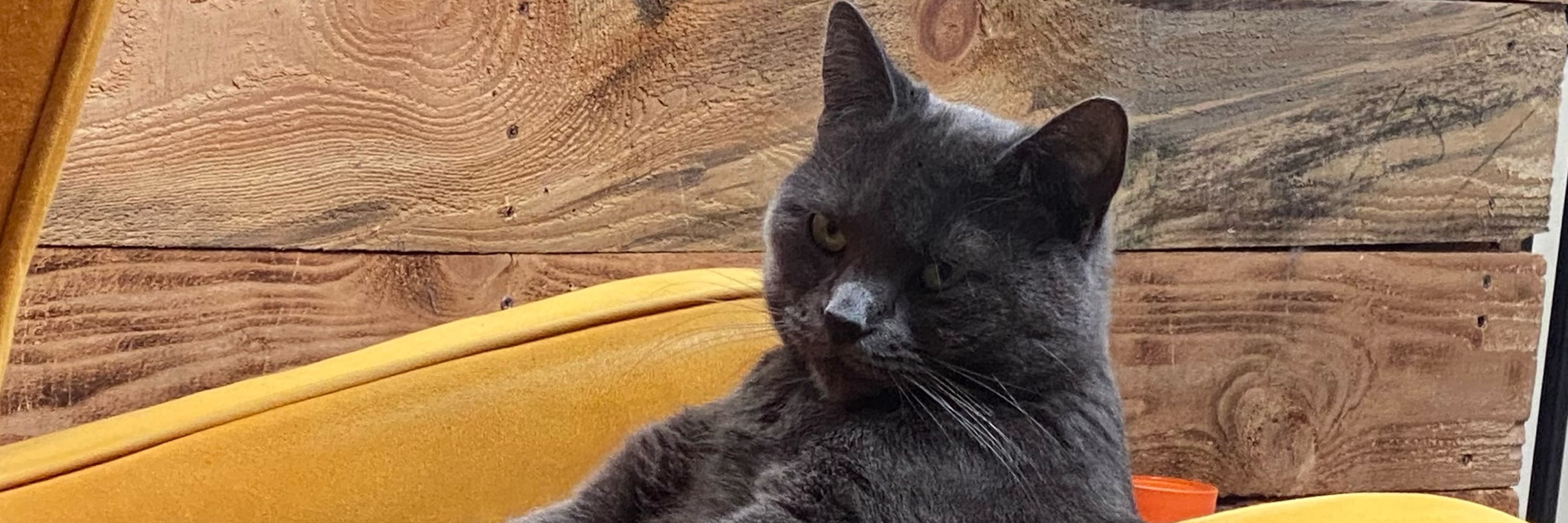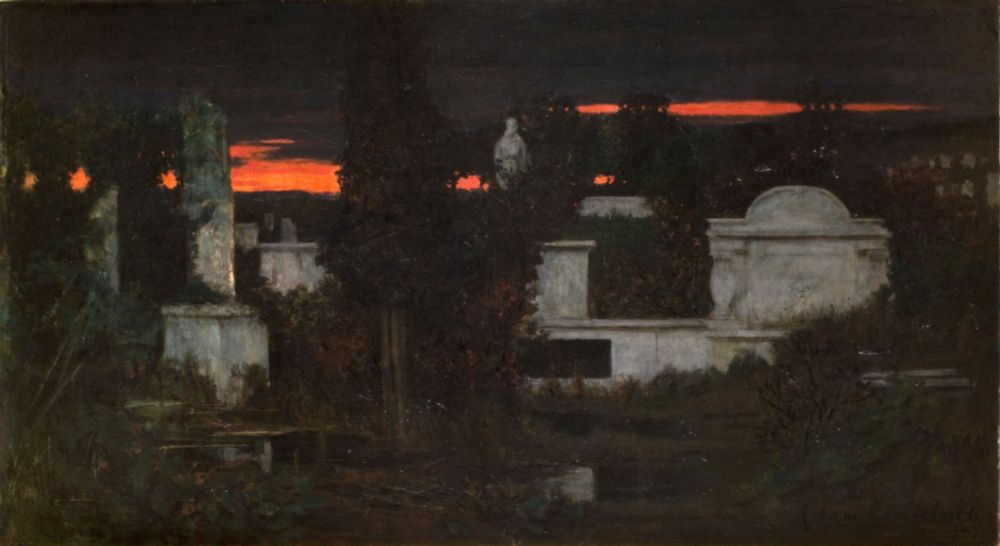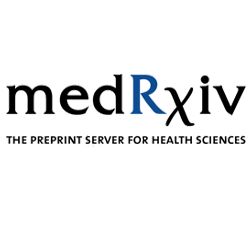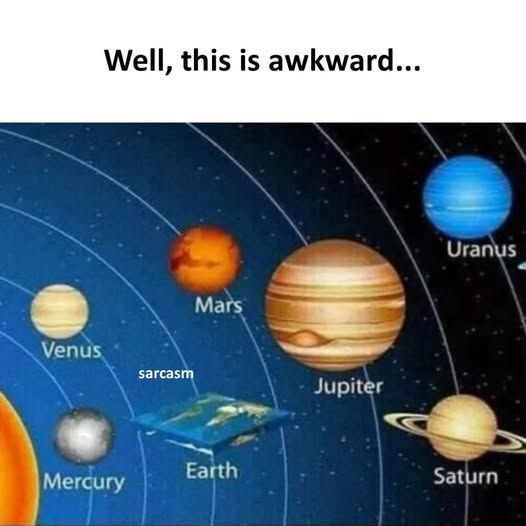Jean-Charles Lambert
@jclambert.bsky.social
780 followers
410 following
83 posts
Team leader, neuroscientist specialized in genetics and post-genomics of Alzheimer’s disease. in EN or/ou en FR 🇫🇷🇪🇺🏳️🌈
Posts
Media
Videos
Starter Packs
Reposted by Jean-Charles Lambert
Reposted by Jean-Charles Lambert
Reposted by Jean-Charles Lambert
Reposted by Jean-Charles Lambert
Tal Nuriel, PhD
@talnuriel.bsky.social
· Jun 10
Reposted by Jean-Charles Lambert
Ian Kremer
@leadcoalition.bsky.social
· Jun 6
Reposted by Jean-Charles Lambert










